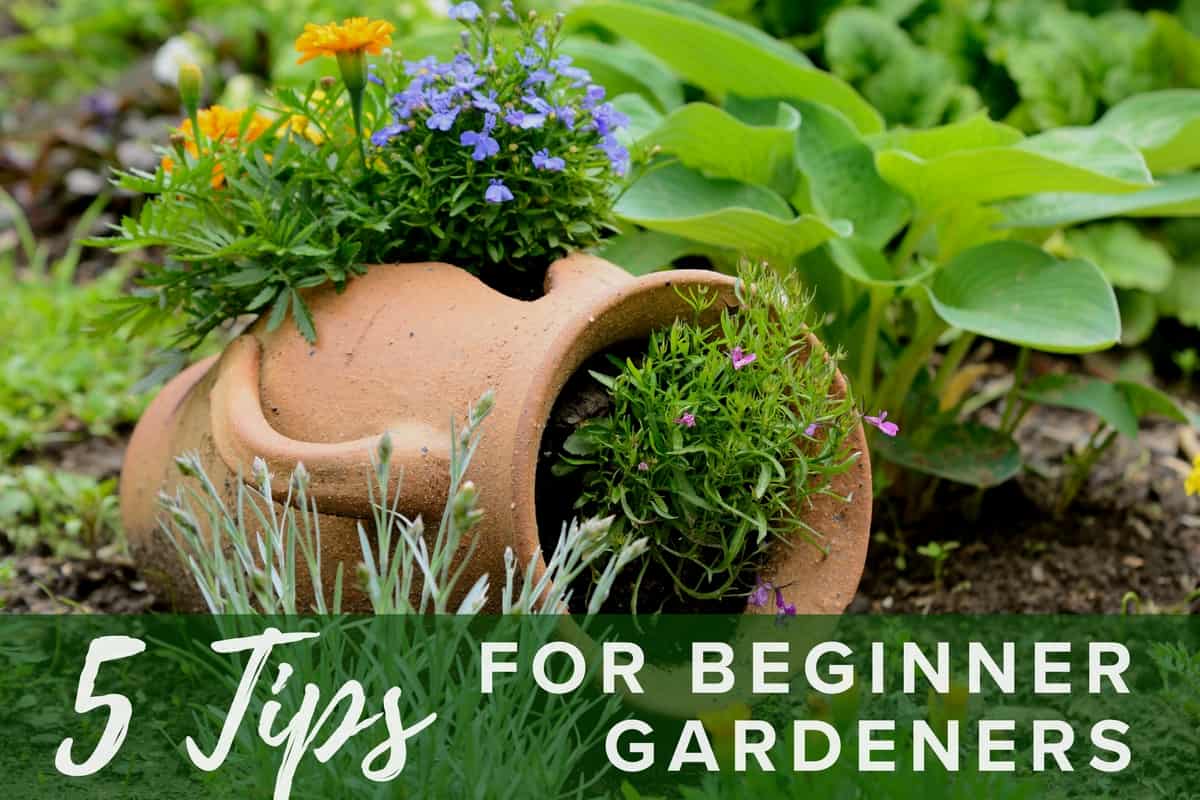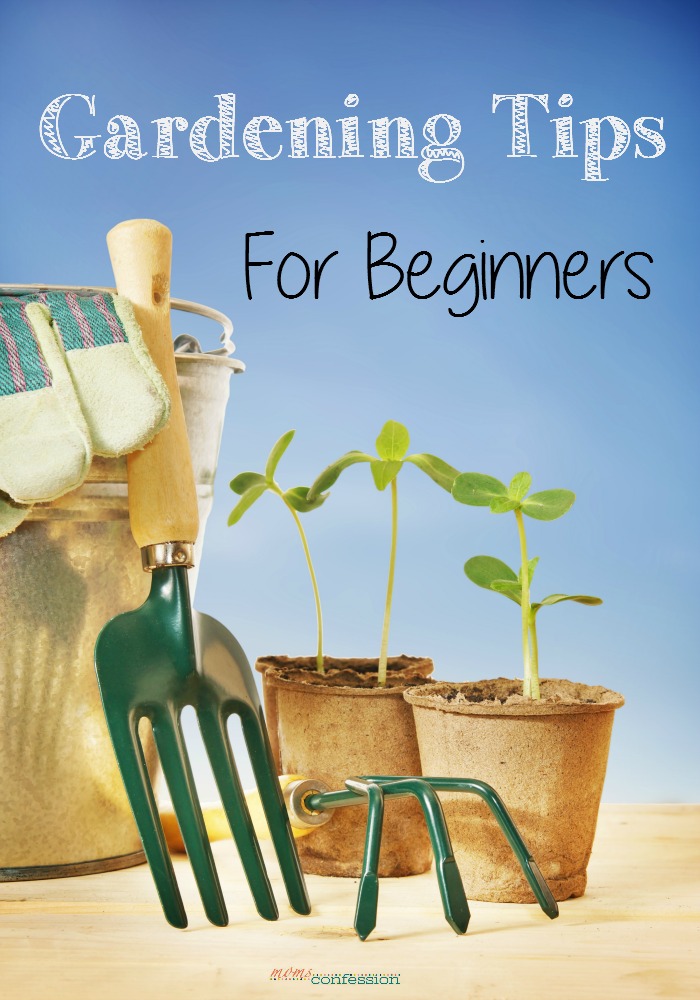Transforming Your Space: The Joy of Basic Gardening
Gardening is a rewarding and fulfilling activity that connects individuals with nature, allowing them to nurture plants and create personal oases. For beginners, the simplicity of implementing basic gardening tips can lead to a successful gardening experience. Transforming your outdoor or indoor space into a lush garden can provide numerous benefits, such as improved mental health, increased property value, and a sustainable source of fresh produce.
Creating the Ideal Environment: Understanding Soil, Sunlight, and Water
Soil, sunlight, and water are the fundamental pillars of successful gardening. By understanding their roles and implementing basic gardening tips, beginners can create an optimal environment for their plants to thrive. Soil provides essential nutrients and anchorage for roots, while sunlight fuels photosynthesis, and water ensures proper hydration.
To assess soil quality, consider testing it for pH levels, nutrient content, and drainage. Many local cooperative extension services offer free or low-cost soil testing. Adjusting soil composition with organic matter, such as compost or aged manure, can improve its structure and fertility. Managing sunlight exposure involves positioning plants in areas with appropriate light levels, considering their specific needs. Most plants require at least six hours of direct sunlight daily, although some prefer partial shade or indirect light.
Maintaining a consistent watering schedule is crucial for plant health. Overwatering or underwatering can lead to various issues, such as root rot or wilting. A general guideline is to water plants thoroughly, allowing the soil to dry slightly between watering sessions. Adjust watering frequency based on plant species, climate, and seasonal variations.
Selecting the Perfect Plants: A Guide to Choosing Hardy Specimens
Selecting the right plants for your garden is crucial for a successful gardening experience. Focusing on hardy, low-maintenance species offers beginners the best chance of thriving. Here are some recommended plants for novice gardeners, along with their respective care requirements:
- Marigolds: These vibrant, easy-to-grow flowers are perfect for beginners. They thrive in full sun and well-drained soil, requiring minimal care and maintenance.
- Snapdragons: Known for their attractive, tube-shaped flowers, snapdragons are versatile plants that grow well in various soil types and sunlight conditions. Regular watering and deadheading encourage continuous blooming.
- Hostas: Ideal for shady areas, hostas are popular for their beautiful foliage and low maintenance needs. They require consistent watering and occasional division to maintain healthy growth.
- Daylilies: With their showy, trumpet-shaped flowers, daylilies are a favorite among gardeners. They are drought-tolerant and adaptable to various soil types, making them an excellent choice for beginners.
- Basil: A popular herb, basil is easy to grow and care for. It prefers full sun and well-drained soil, requiring regular watering and occasional pruning to promote bushy growth.
By incorporating these hardy plants into your garden, you’ll be well on your way to creating a thriving outdoor space. Remember to consider each plant’s specific needs and adapt your care accordingly.
Essential Tools and Equipment: Investing in Your Gardening Success
Equipping yourself with the right tools and equipment is essential for a successful gardening experience. Investing in quality items ensures durability, efficiency, and ease of use. Here’s a suggested starter kit for beginners:
- Gloves: A good pair of gardening gloves protects your hands from blisters, cuts, and dirt. Look for gloves made from materials like leather or canvas, with a snug fit and reinforced fingertips.
- Trowels: Trowels are small hand tools used for digging holes, transplanting seedlings, and breaking up soil. Choose a trowel with a comfortable grip, rust-resistant metal blade, and a sturdy ferrule to prevent bending.
- Hand Cultivators: Hand cultivators are ideal for breaking up compacted soil, removing weeds, and aerating the garden bed. Opt for a cultivator with a sharp, rust-resistant head and an ergonomic handle.
- Watering Can: A watering can is essential for providing consistent watering to your plants. Select a can with a removable rose (the sprinkler head) for adjustable water flow and a comfortable handle.
Additional tools to consider as you progress in your gardening journey include pruning shears, a garden fork, a rake, and a wheelbarrow. Remember, taking care of your tools by cleaning and storing them properly extends their lifespan and maintains their effectiveness.
Planting Techniques: Mastering the Art of Successful Gardening
Mastering planting techniques is crucial for ensuring optimal growth and a thriving garden. Here are some basic guidelines for planting various types of plants, including seeds, seedlings, and bulbs:
Seeds:
Starting a garden from seeds can be both rewarding and cost-effective. Choose a seed-starting mix for sowing seeds indoors, or direct sow them in your garden bed when soil temperatures are appropriate. Plant seeds at the recommended depth and spacing, and keep the soil consistently moist until germination.
Seedlings:
When transplanting seedlings, handle them gently by the root ball to avoid damaging the stem or leaves. Dig a hole slightly larger than the root ball, and gently loosen the roots before placing the seedling in the hole. Backfill with soil, firming it around the base of the plant, and water thoroughly.
Bulbs:
Spring-flowering bulbs, such as tulips and daffodils, should be planted in the fall. Choose a location with good drainage, and plant bulbs at the recommended depth and spacing. Cover the bulbs with soil, and water thoroughly. For summer-flowering bulbs, like dahlias and gladioli, plant them after the last spring frost.
Regardless of the plant type, ensure proper soil preparation by loosening the soil and amending it with organic matter. This improves drainage, aeration, and nutrient availability, promoting healthy root growth and plant establishment.
Nurturing Your Garden: Essential Maintenance Tips
Regular maintenance is vital for a thriving garden. By incorporating these essential tasks into your gardening routine, you can ensure your plants remain healthy and vibrant. Here are some basic gardening tips for beginners on maintaining your garden:
Weeding:
Weeds compete with your plants for nutrients, water, and sunlight. Regularly inspect your garden for weeds and remove them by hand or with a hoe. To minimize weed growth, use a mulch layer to smother weed seeds and prevent them from germinating.
Pruning:
Pruning encourages bushier growth, improves plant health, and promotes flowering and fruiting. Prune dead, damaged, or diseased branches at any time. For blooming plants, prune immediately after flowering to ensure an optimal display the following season.
Fertilizing:
Fertilizers provide essential nutrients for plant growth. Choose a balanced, slow-release fertilizer and follow the manufacturer’s instructions for application rates and timing. Organic options, such as compost or well-rotted manure, can also be used to enrich the soil.
Pest and Disease Management:
Monitor your plants for signs of pests or diseases. Common garden pests include aphids, slugs, and spider mites. If you notice an infestation, consider using insecticidal soap or introducing beneficial insects to control the problem. For diseases, remove and destroy affected plant parts, and maintain good garden hygiene to prevent their spread.
By incorporating these maintenance tasks into your gardening routine, you’ll be well on your way to creating a thriving outdoor space. Remember, consistency is key, and staying on top of these tasks will help ensure your garden’s long-term success.
Seasonal Considerations: Adapting to Nature’s Rhythms
Understanding and adapting to seasonal changes is crucial for a thriving garden. By preparing and planning ahead for each season, you can ensure your plants’ health and optimize their growth. Here are some basic gardening tips for beginners on navigating seasonal shifts:
Spring:
Spring is the perfect time to plant annuals, perennials, and vegetables. Prepare your garden beds by removing debris, incorporating compost, and adjusting soil pH if necessary. Divide and transplant perennials, and sow seeds directly into the ground or start them indoors for later transplanting.
Summer:
Summer gardening requires diligent watering and monitoring for pests and diseases. Focus on maintaining healthy plants by deadheading spent flowers, pruning leggy growth, and staking tall plants for support. Consider heat-tolerant plants and groundcovers to minimize water evaporation and reduce weed growth.
Autumn:
Autumn is the ideal time to plant bulbs, trees, and shrubs. Prepare your garden for winter by cutting back perennials, dividing overgrown clumps, and adding a layer of mulch to protect plant roots from frost damage. Collect and store seeds from your favorite plants for propagation the following year.
Winter:
Winter is a time for planning and preparation. Research and order new plants, sketch out garden plans, and maintain your gardening tools. Consider starting an indoor garden or growing microgreens to enjoy fresh produce year-round.
By staying attuned to seasonal changes and adapting your gardening practices accordingly, you can create a thriving outdoor space that provides beauty and sustenance throughout the year. Remember, every season offers unique opportunities for growth and enjoyment in your gardening journey.
Patience and Persistence: The Keys to Gardening Success
Patience and persistence are essential qualities for successful gardening. As a beginner, it’s crucial to understand that gardening is a long-term commitment that requires time, effort, and resilience. By embracing these qualities, you can cultivate not only a thriving garden but also a fulfilling hobby that connects you with nature and offers endless opportunities for learning and growth.
Learning from Mistakes:
Mistakes are inevitable in gardening, but they also provide valuable learning experiences. By observing your plants and their responses to your care, you can identify areas for improvement and adjust your gardening practices accordingly. Documenting your gardening journey, including successes and failures, can help you track progress and identify patterns over time.
The Rewards of Long-Term Commitment:
Gardening is a rewarding hobby that offers numerous benefits, from improved mental health and physical exercise to increased self-sufficiency and connection with the environment. By committing to the long-term care and nurturing of your garden, you can enjoy the fruits of your labor in the form of beautiful blooms, delicious homegrown produce, and a personal oasis that brings joy and serenity to your life.
In conclusion, patience and persistence are the cornerstones of successful gardening. By embracing these qualities and learning from your mistakes, you can create a thriving garden that brings beauty, sustenance, and fulfillment to your life. Remember, gardening is a journey, not a destination, and every step you take brings you closer to unlocking the secrets of a thriving garden.




